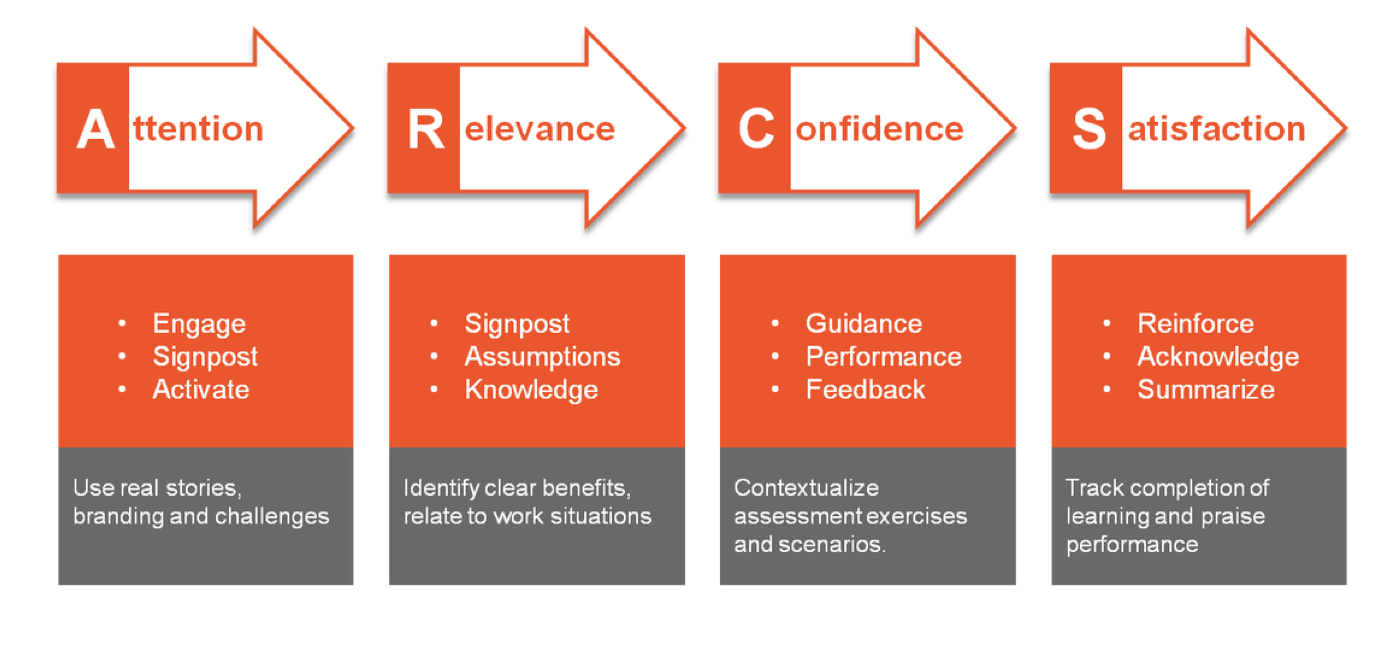|
Lately I have been trying to figure out my next steps. I really want to start adding in all of these resources that I am learning about into my classroom. So what's stopping me? Well time is one of them. My students have been really busy with their service learning project, Coins for Critters. We just finished it on Friday when we went to the Suisun Wildlife Center and presented them with an $800 check that my students worked hard to raise. Now that we are done with that (which was a lot of time and effort) I can start moving on to incorporating more digital tools for my students to use. My driving question has changed slightly to "What are the effects of digital tools on reading comprehension?" I really want to find digital tools for my students to use to help retell their story using the story elements. I changed it from "digital storytelling" because there are not a lot of computer based tools to use for my purpose. I found a lot of apps, but I do not have Ipads. Now that I took that out I can broaden my scope of digital tools. I'm sure I'll change my question a couple more times before I'm happy with it, but for now I'm working with that.
The SITE model stands for Sociocultural, Informational, Technical Education. These 3 subcontexts (socoiocultural, informational, and technical) all surround the learning making this a learner centered model. For the sociocultural subcontext of this model, the teacher needs to understand the student as a whole person. There are many factors in a person's life, family, peers, role models, mentors, or community. The technical subcontexts determines the ways and means in which the learner learns. This will effect how the teacher will teach. The informational subcontext is the information that exits for the learner. After reading about the SITE model I am looking at my students closely. I understand that I need to use what motivates them, and that is why I am trying to make a plan to incorporate more technology in my classroom. They get so excited when it is time for computer based lessons. I am also motivated by technology and that is why I want to make sure that my students are not falling off the wagon because I am not using all of the tools in my tool belt. I want my students to be motivated and engaged throughout my lessons. I feel that in the spring time this is less and less so now is a perfect time for me to try new things.
5 Comments
Clark Key Ideas:
I changed my driving question only slightly. Before my driving question was: How does digital storytelling affect reading comprehension? Now I have changed my question to: What are the effects of digital storytelling tools on reading comprehension? I want to know if students use digital storytelling tools to retell a story, will it affect their comprehension of the story they read. I might want to change my question to: "What are the effects of digital tools on reading comprehension?" and take out the storytelling part completely. I need to know what tools are out there for students to use in second grade. I also need to know what kinds of tools my students have used or are comfortable with. My main focus as of right now are my students. I feel that their learning is my number one priority. This time of the year they are beginning to become unfocused and it is becoming harder and harder to keep their attention. I want to find ways to motivate them and help them grow as learners. I feel technology is something they really enjoy and it grabs their attention, so my goal is to find new ways of incorporating new technology into my classroom to keep them engaged. I understand that my colleagues are also my audience. As I continue my research, I will keep in mind that my goal is to influence change in my colleagues and my practices. For now, I will focus on my students. After researching the ARCS model, I think I will try to use that to guide my teaching practices more. Without realizing it, I somewhat used this model as I teach but now that I see the model I can use it as I lesson plan. After reading Clark's first two chapters I feel that creating a resource to influence others and sharing my research is going to be similar to making a lesson plan for my students. As I was reading through the chapters I kept thinking to myself, "this sounds similar to how I create lessons." The thought process on if employees need training and do my students need reteaching or motivation, are similar. So I want a resource to share my research to be engaging and easy to understand. I want it to be easy to read and follow if others want to try it too. I am not exactly sure what resource I will create yet, but I do have some guidelines after the readings.
|
AuthorWrite something about yourself. No need to be fancy, just an overview. Archives
May 2018
Categories |

 RSS Feed
RSS Feed
